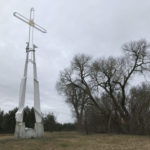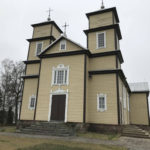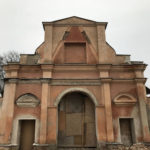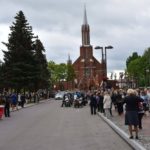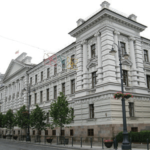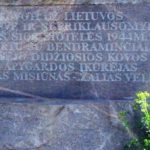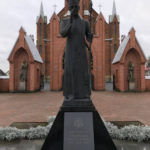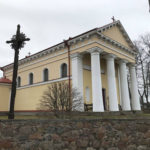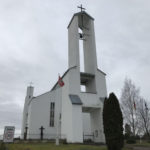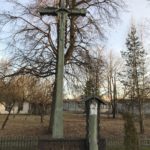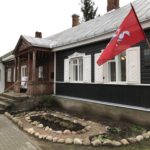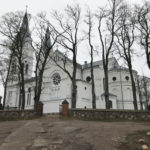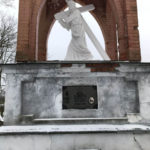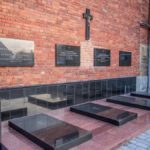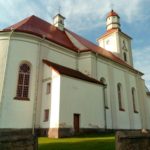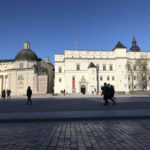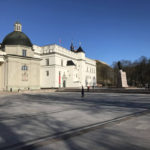
The grave of the priest Jonas Jonys, Kaišiadorys
T. Brazio g. 6, Kaišiadorys (katedros šventoriuje)
Pictures
Description
Inner peace and serenity, deep wisdom, unshakable faithfulness to the truth, the priest Jonas Jonys was described using such words. J. Jonys was born in Daugai, Alytus district, on 11 August 1912. In 1941, he entered Kaunas Priest Seminary. In 1948, he was ordained priest and appointed vicar of Kaišiadorys Parish, and one month later he became a Chancellor of the Kaišiadorys Diocese. The Bishop Teofilius Matulionis consecrated V. Sladkevičius to the bishop in his chapel on 25 December 1957, assisted by the priest Jonas Jonis and priest Joseph Andrikonis. Following this event, the priest Jonas Jonys was arrested and deported. After his return from exile, he worked as an altarist in Pivašiūnai, a vicar in Molėtai, and a parish priest in Videniškis. In 1984 – 1995, he was the Chancellor of the Curia of the Kaišiadorys Diocese, and from 1995to 2004, the General Viceroy of Bishop Juozapas Matulaitis of Kaišiadorys. The book by the prelate J. Jonis “From My Memoirs” was published in 2002. The prelate J. Jonys died on 8 November 2005, at his home in Kaišiadorys. On the afternoon of the same day, the body of the deceased was laid in St. Joseph Chapel of Kaišiadorys Cathedral. For two days, not only the parishioners of Kaišiadorys but also the faithful from the various diocesan parishes came to honour the deceased, say goodbye to him and pray for him.
Audio guide
Map
Distance from your mobile device to the object:




























